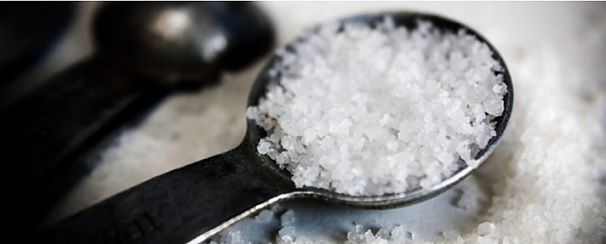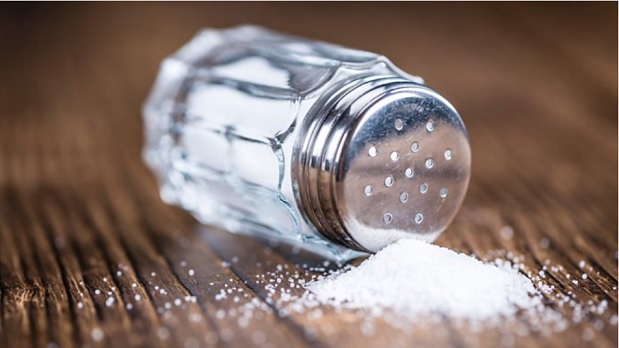
69 percent of adults in England are estimated to be eating too much salt, according to a National Diet and Nutrition Survey (NDNS) 2020 study based on urine samples. Yet excess salt intake is associated with raised blood pressure, a risk factor in the development of heart disease and stroke, and increased risk of stomach cancer and osteoporosis.

How to measure the salt in food
Some food labels only provide the sodium content, which is not the same as the salt content.
1g sodium = 2.5g salt, so the 6g adult daily salt guideline is equivalent to 2.4g sodium.
Low-sodium salts contain potassium chloride instead of sodium chloride. While the sodium content is less, too much potassium is also a health risk for people with certain kidney and heart conditions.
Sea salt and table salt are both sodium chloride, so the daily amount of 6g applies equally to both. Although, as sea salt has larger grains, a pinch of sea salt probably contains less salt by weight than a pinch of table salt.

Some food labels only provide the sodium content, which is not the same as the salt content.
1g sodium = 2.5g salt, so the 6g adult daily salt guideline is equivalent to 2.4g sodium.
Low-sodium salts contain potassium chloride instead of sodium chloride. While the sodium content is less, too much potassium is also a health risk for people with certain kidney and heart conditions.
Sea salt and table salt are both sodium chloride, so the daily amount of 6g applies equally to both. Although, as sea salt has larger grains, a pinch of sea salt probably contains less salt by weight than a pinch of table salt.


